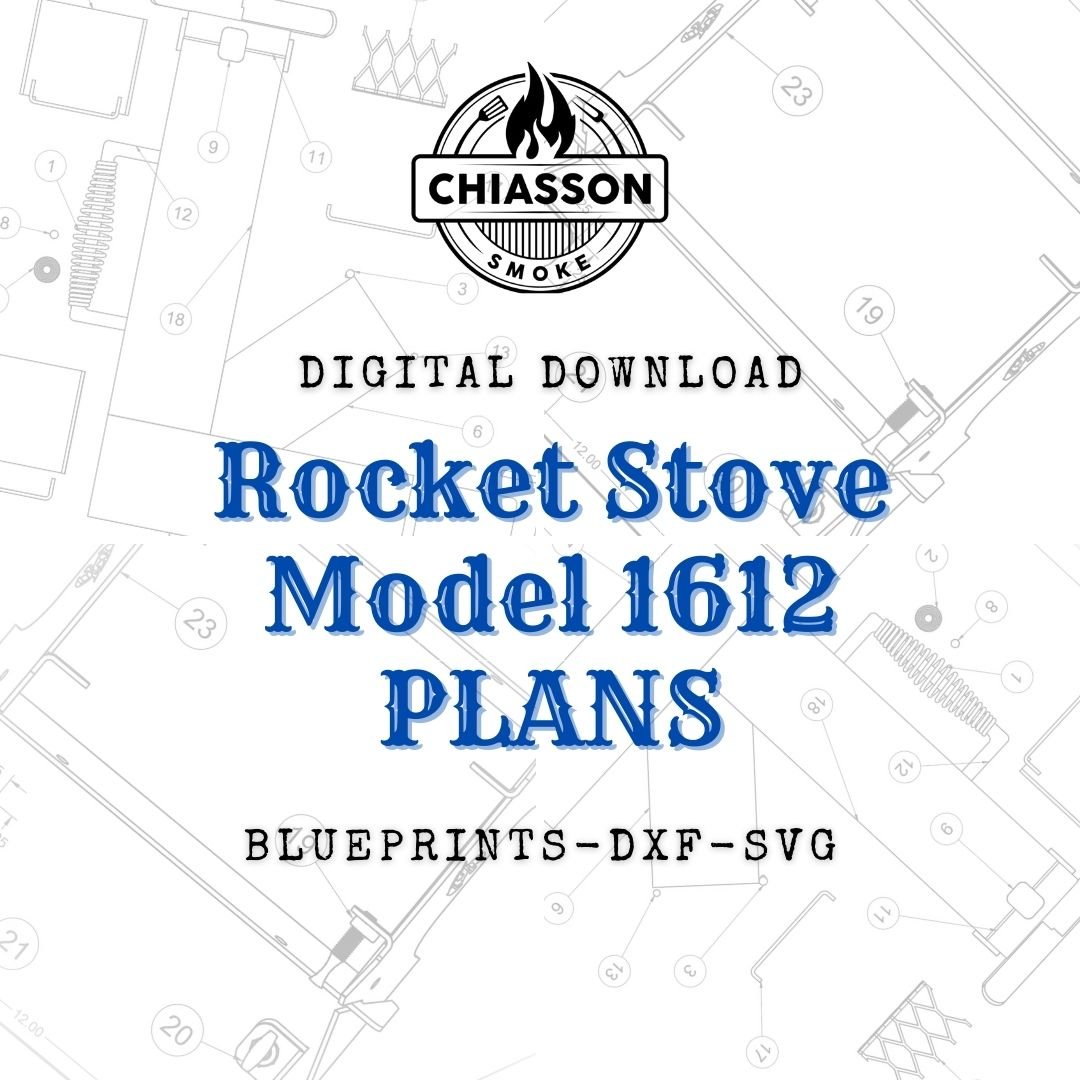How to Control Heat on a Rocket Stove
Controlling heat on a rocket stove is surprisingly simple, especially if you’re using one of Chiasson Smoke’s high-quality models. But it’s not exactly the same as your typical kitchen stove where you can just twist a knob. Instead, using a rocket stove is all about getting a feel for the heat and managing airflow. Let’s break down what makes a rocket stove unique and how you can master the art of controlling its heat.
How Do Traditional Stovetops Manage Heat?
When you cook on a traditional stovetop, controlling heat is a breeze. Just turn a dial or push a button, and voilà—the burner adjusts to high, medium, or low. Electric or gas stoves make this easy because the heat source responds almost instantly. A knob controls the amount of fuel (gas or electricity) reaching the burner, meaning you can boil or simmer at the flick of a switch. You can even turn off the burner completely, cutting off the fuel source instantly. It’s simple, it’s fast, and it’s predictable.
But rocket stoves play by different rules.
How a Rocket Stove is Different
Rocket stoves are all about efficiency, and they have a ton of great uses, but unfortunately they don’t have an “off” switch. They’re designed for maximum fuel efficiency by burning wood in a highly insulated chamber, which keeps the heat concentrated. Unlike traditional stoves, where fuel and heat can be quickly controlled, rocket stoves rely on airflow management to regulate temperature. Instead of turning a knob, you’ll be adjusting a small door called the damper to control how much oxygen gets into the fire. The more oxygen, the more heat. Adjusting the heat on a rocket stove is an art of managing airflow and timing, with a little patience mixed in.
It’s Easy: Just Adjust the Damper Door
Damper Fully Open
If you want the most heat, open the damper door fully. When the damper is parallel to the sides of the fuel chamber, it’s wide open, allowing maximum oxygen flow to the fire. This setup is ideal when you need high heat, like when you’re boiling water, frying something, or starting a fire quickly. You’ll notice the flames dancing energetically as they gobble up all that oxygen.
Damper Fully Closed
Closing the damper all the way chokes off most of the airflow, which brings the heat down to its lowest setting. When the damper is fully closed, you’ll see the flames calm down and the heat output will decrease, though it won’t stop completely. Unlike a traditional stove, there’s no instant “off” setting here; the fire will continue to burn until the fuel is used up. If you do need to stop the fire in an emergency, you can smother it with sand or water, but keep in mind that a gradual cool-down is usually best for the stove’s health.
Damper Partially Open
For a medium heat level, try positioning the damper at about a 45-degree angle, partially open. This setting is great for simmering or keeping a steady, manageable heat. With practice, you’ll get a feel for where that 45-degree angle is and how it affects your cooking. Most times, people find that they cook best with the damper partially open—enough to keep a strong but not overpowering heat. Adjusting the damper gradually teaches you the art of rocket stove cooking, where airflow is king.
Thinking of Heat Levels in Simple Terms
To make it even simpler, it can help to think of your rocket stove as having three heat levels:
Low Heat: Damper fully closed
Medium Heat: Damper at a 45-degree angle
High Heat: Damper fully open
Each level gives you a different cooking experience, and with time, you’ll start to anticipate the perfect damper position for whatever’s on your menu.
Give It Time
One thing to remember: when you adjust the damper, it takes a bit of time for the heat to catch up. Unlike a traditional stove, where changes are immediate, a rocket stove’s temperature responds slowly as the fire adjusts to the new airflow. When you make a change, give it a minute to see how the heat shifts. You’ll quickly get the hang of it, and eventually, controlling heat on a rocket stove will feel like second nature.
Need Cooking Ideas? We’ve Got Recipes!
Controlling heat is just the start of your rocket stove journey. Once you’re comfortable with adjusting the damper, why not try cooking up some recipes? If you’re looking for inspiration, we’ve got a book full of recipes perfect for rocket stoves. From soups to stews, there’s no end to the delicious dishes you can whip up.
Conclusion
Mastering the art of controlling heat on a rocket stove isn’t complicated, but it does require a little practice and patience. By adjusting the damper, you’ll learn how to get the exact temperature you need, whether you’re boiling water or simmering soup. Remember, rocket stoves aren’t as instant as traditional stoves, but with time, you’ll appreciate the precision and efficiency they offer.
Oh, and if you’re a welder yourself, you might be interested in our best rocket stove DIY weld kits.
Happy cooking!







